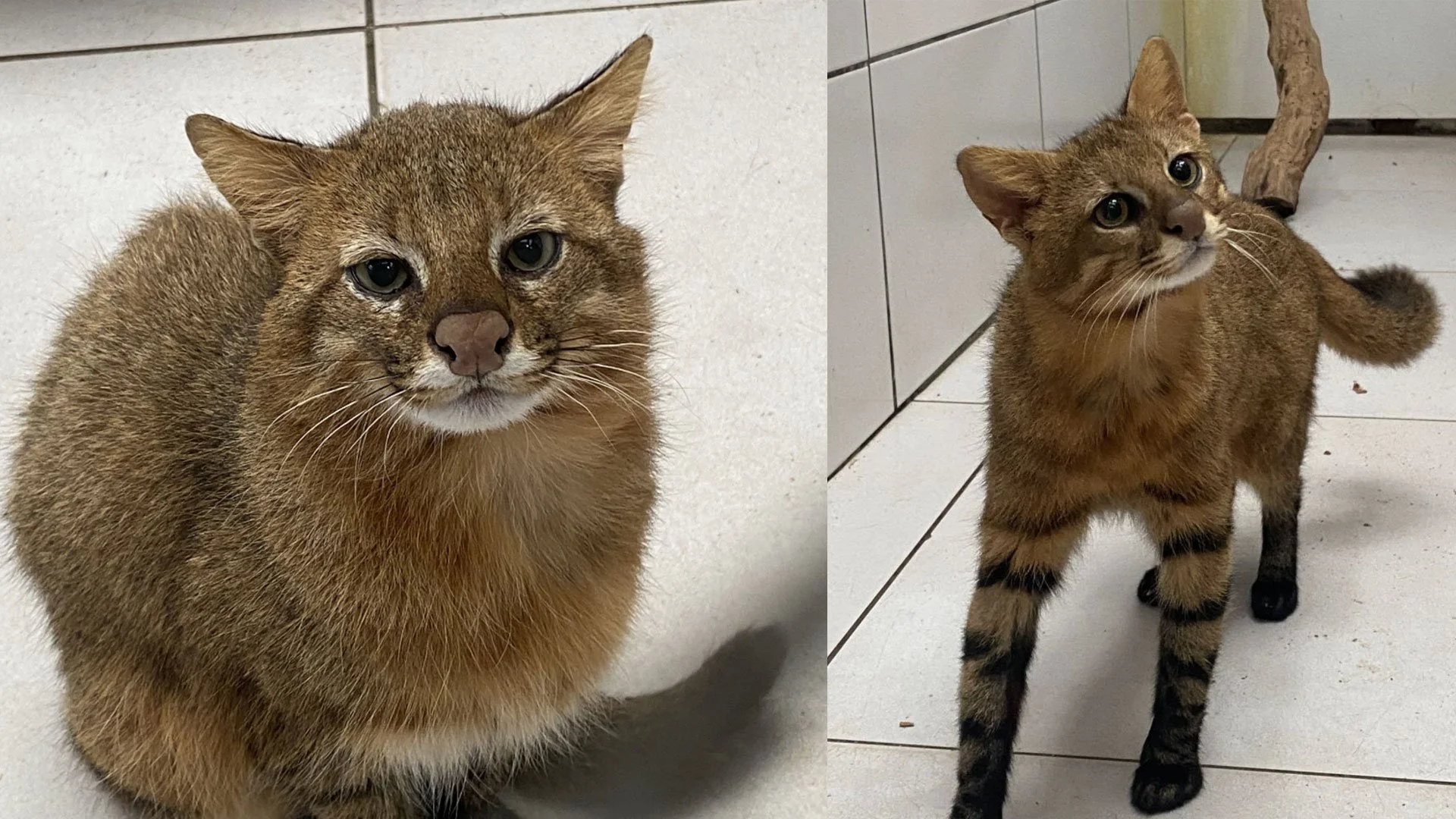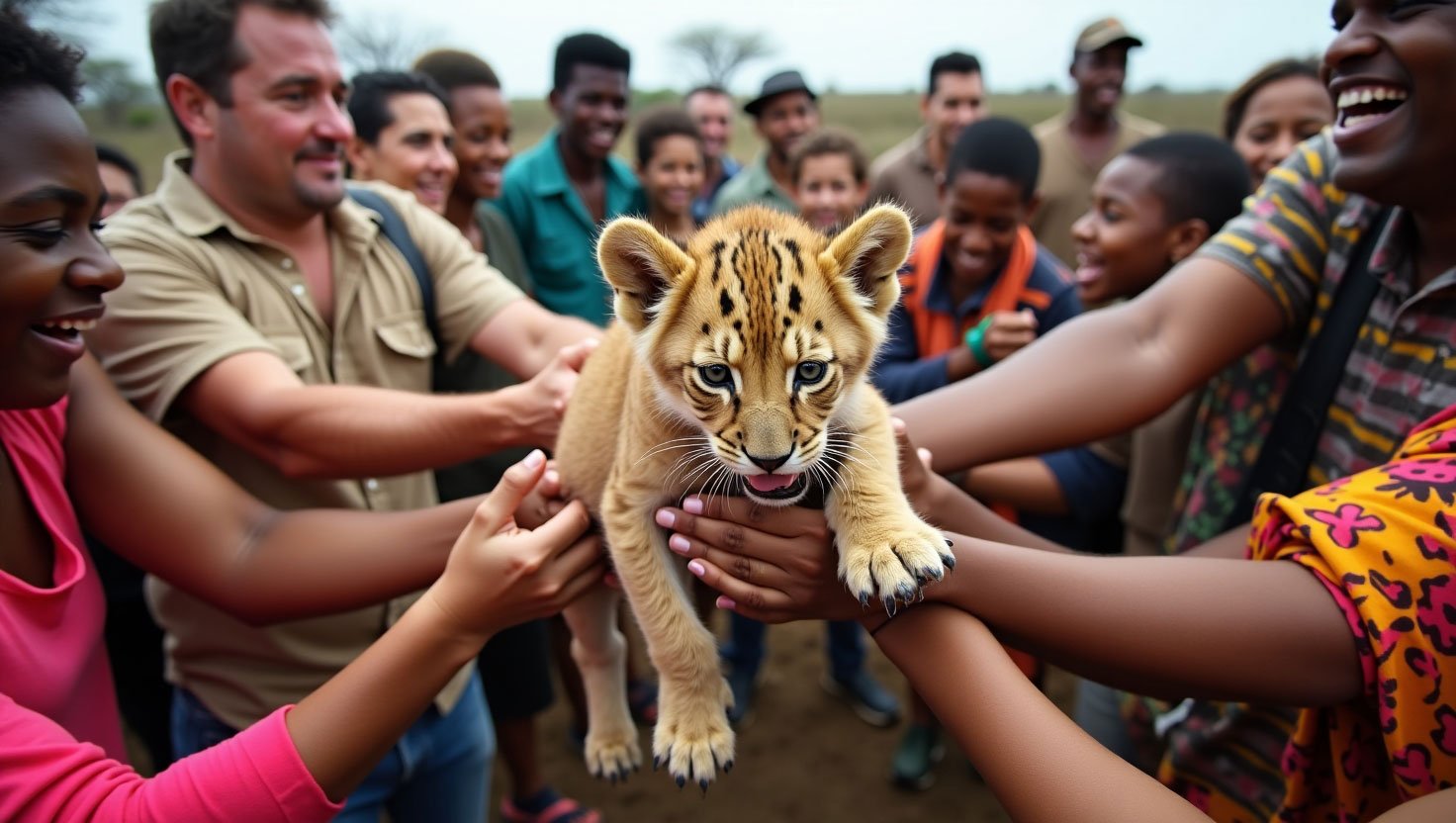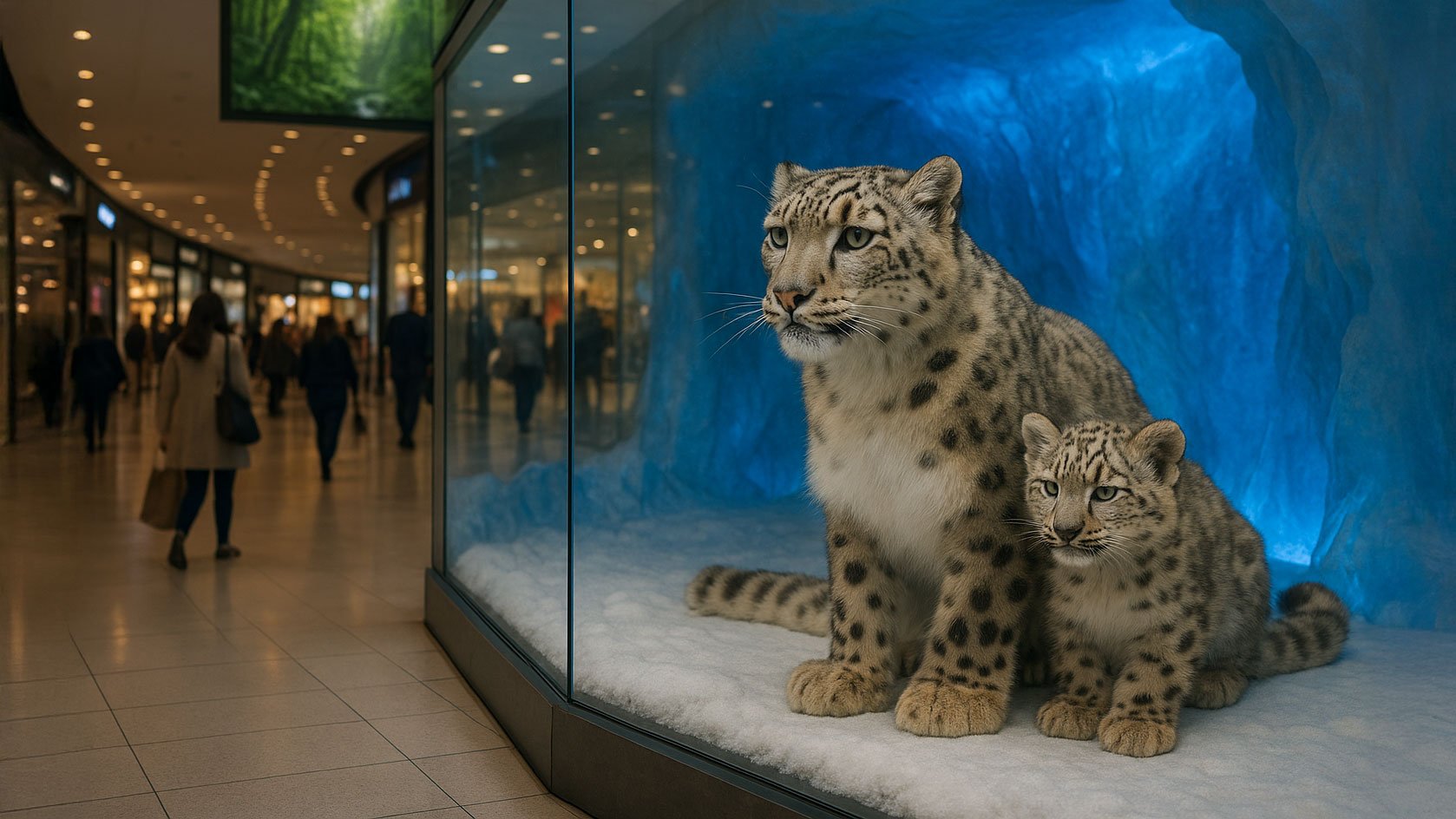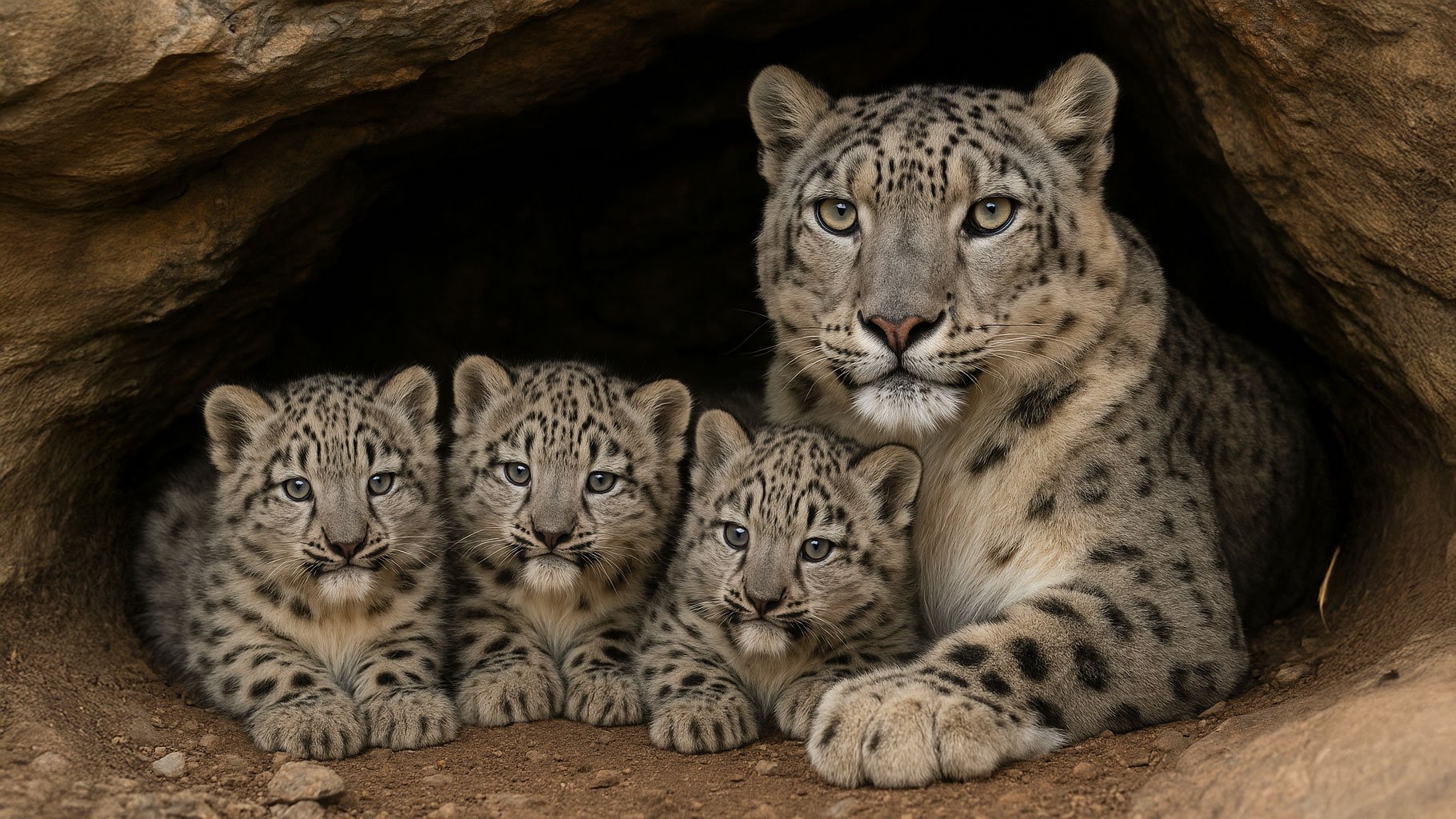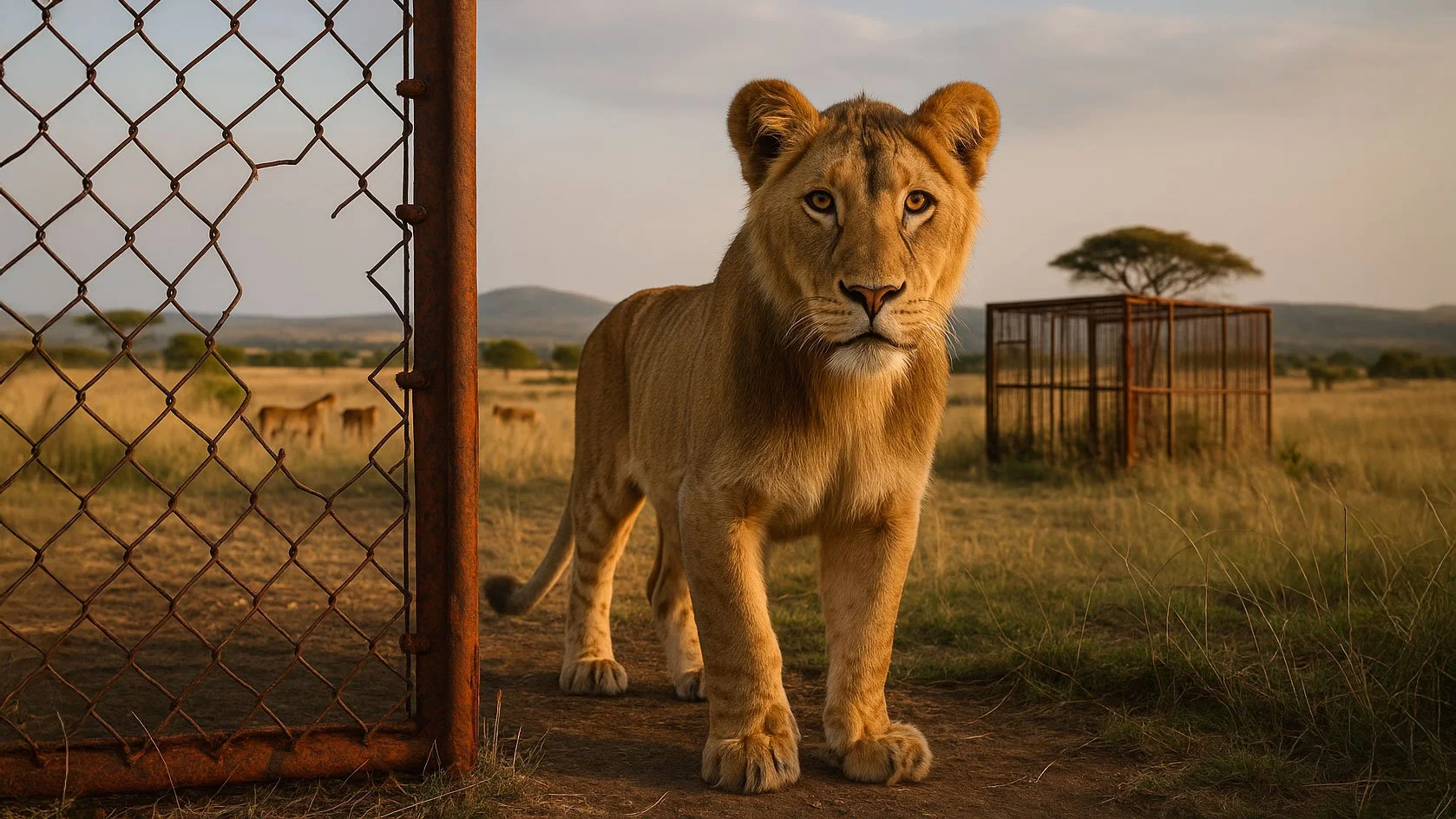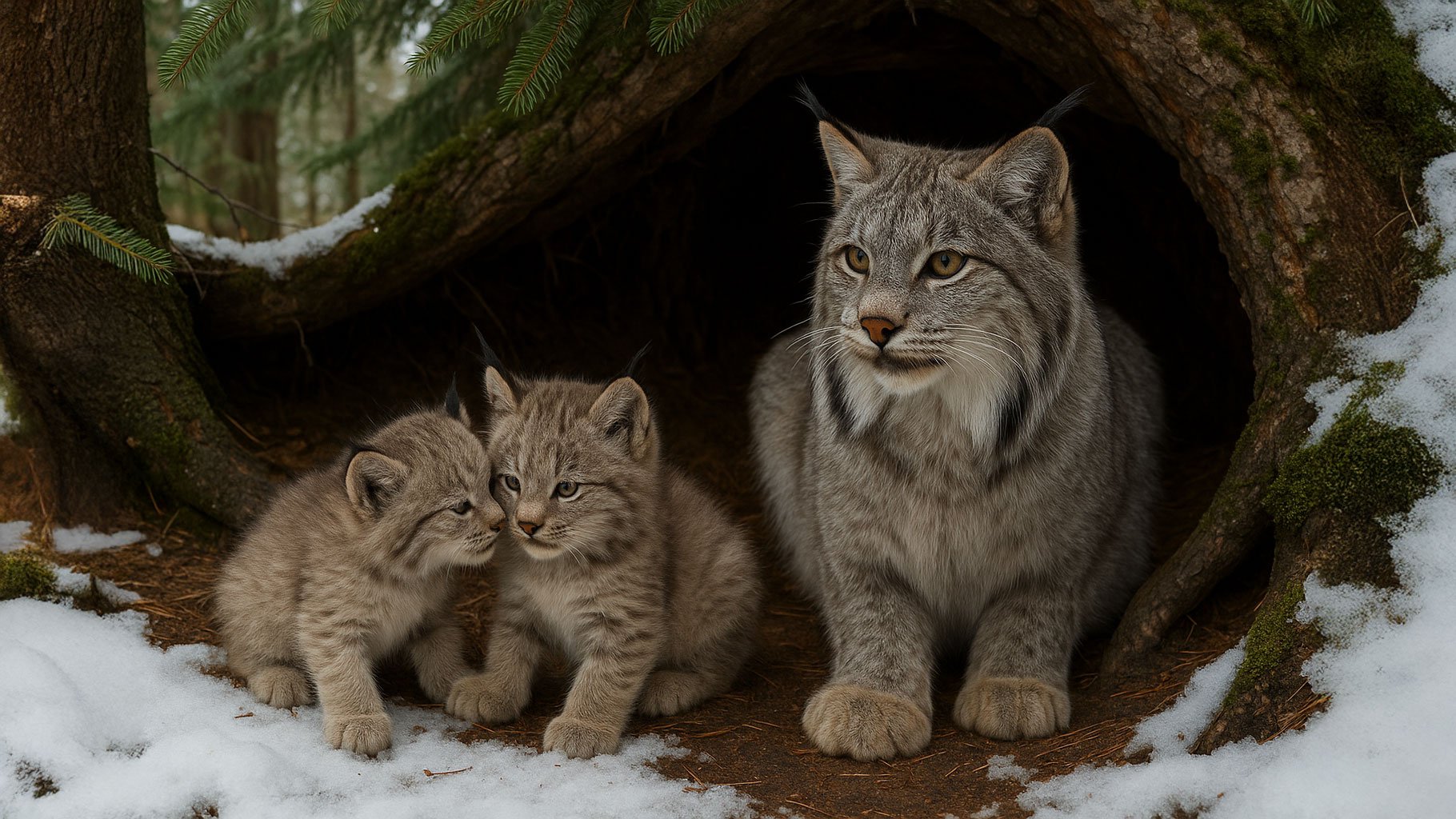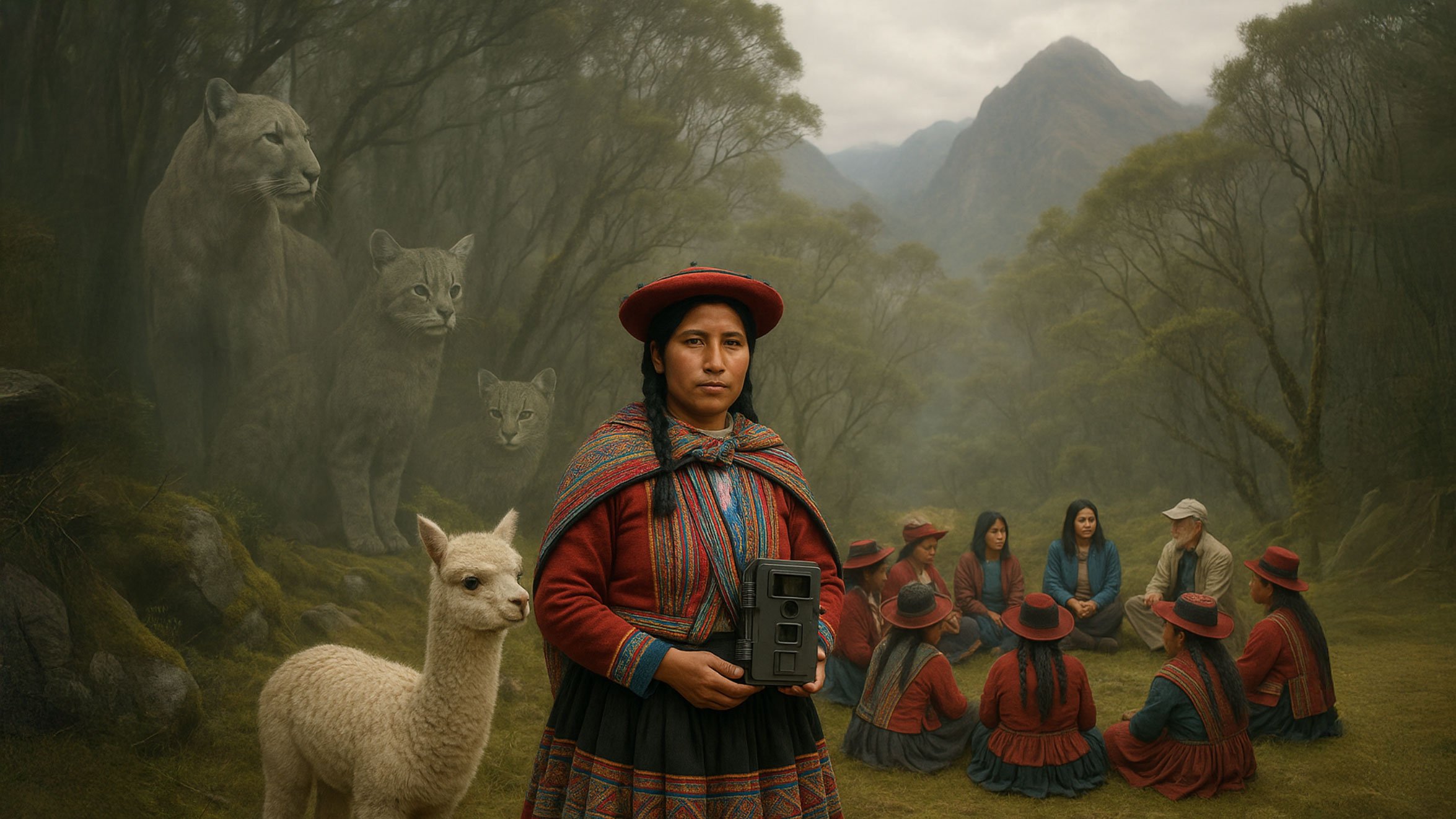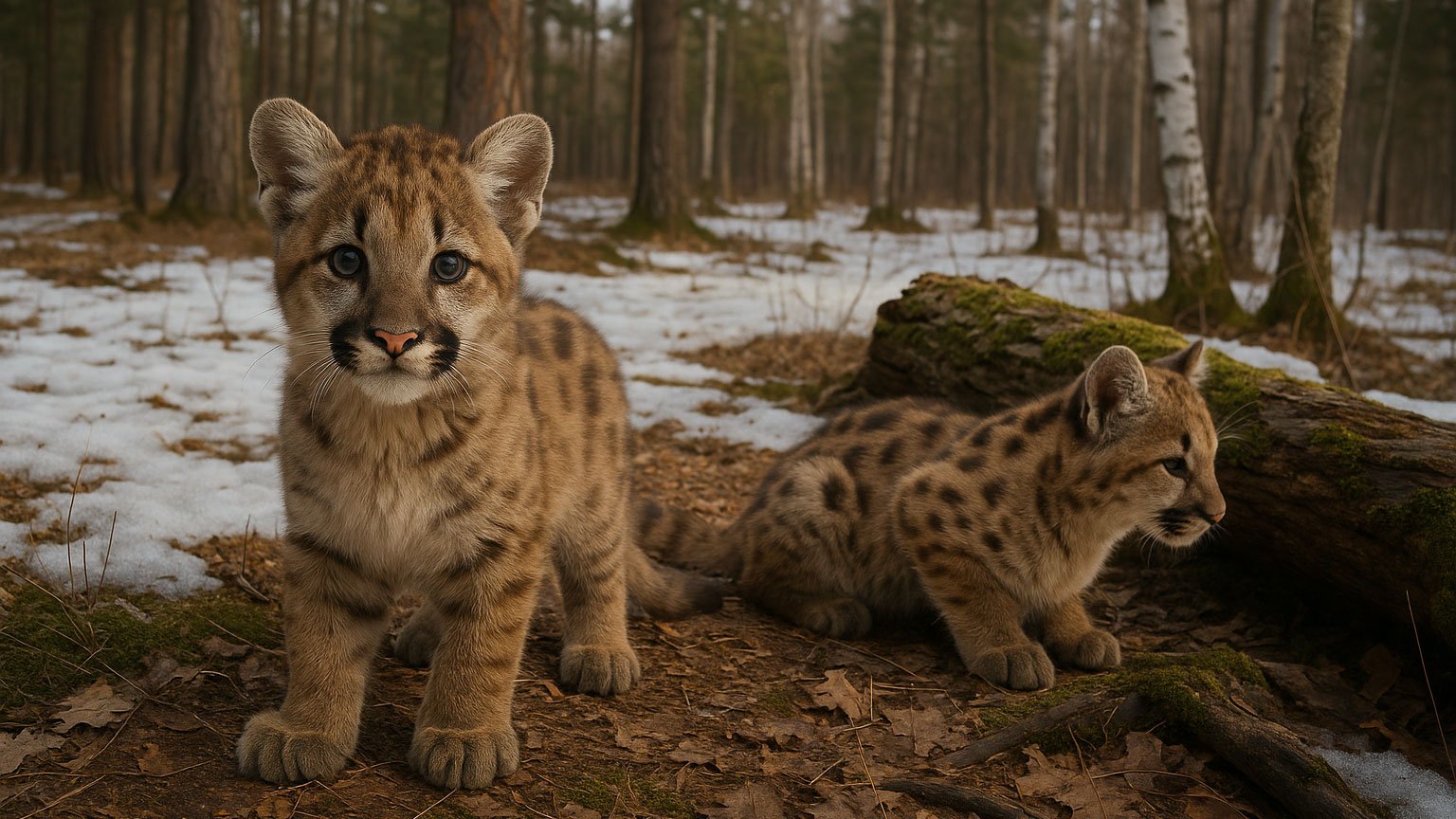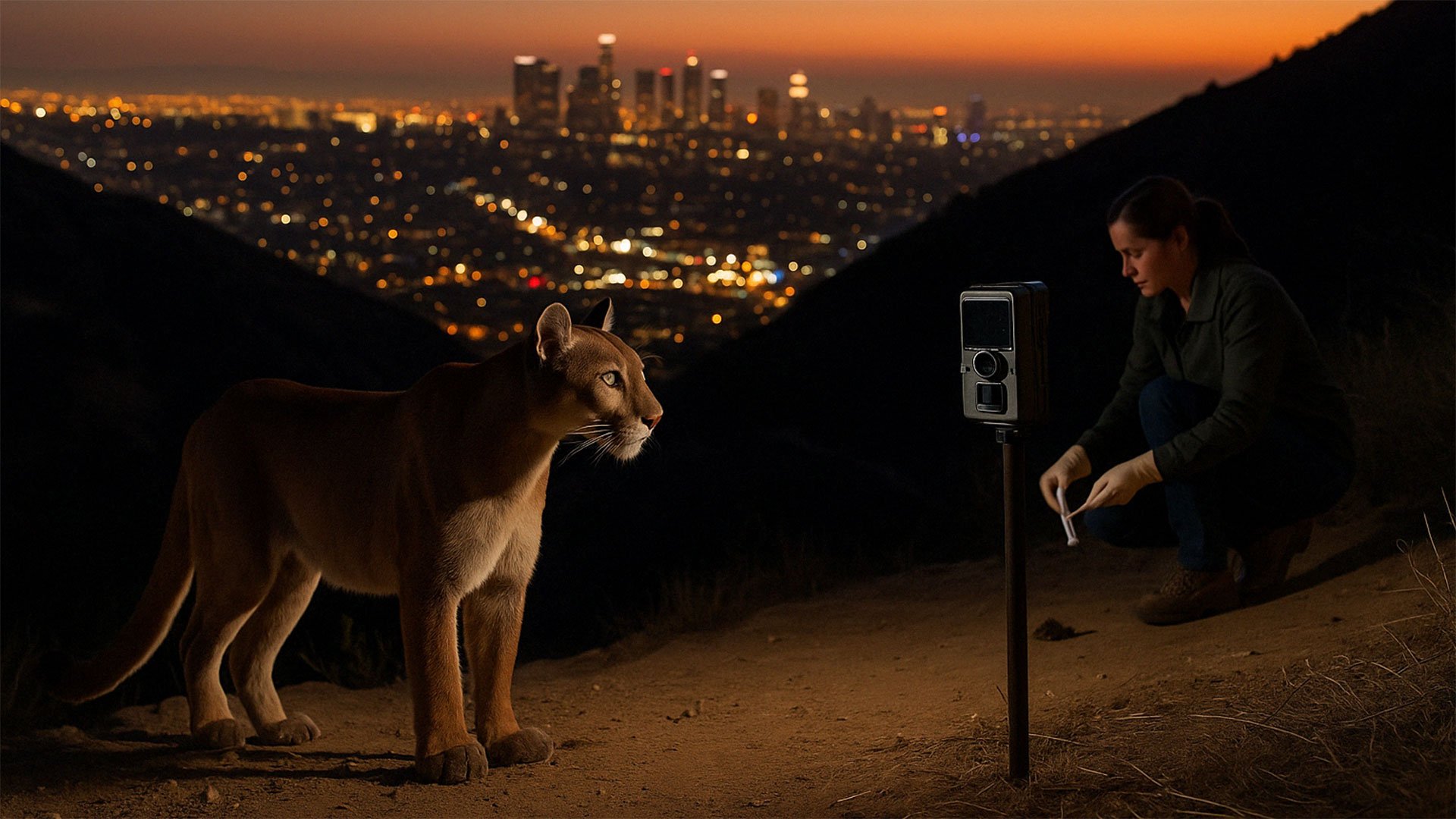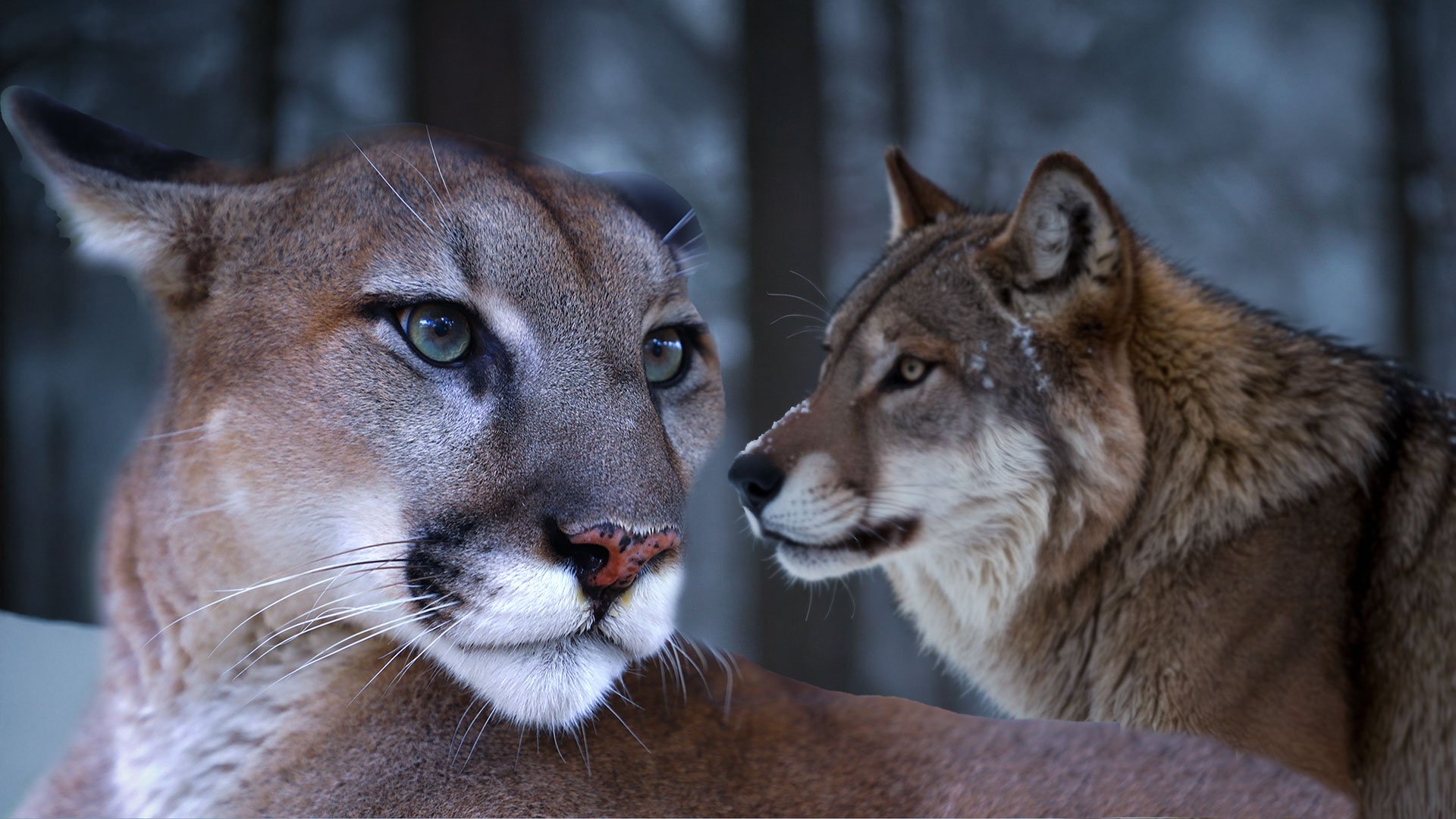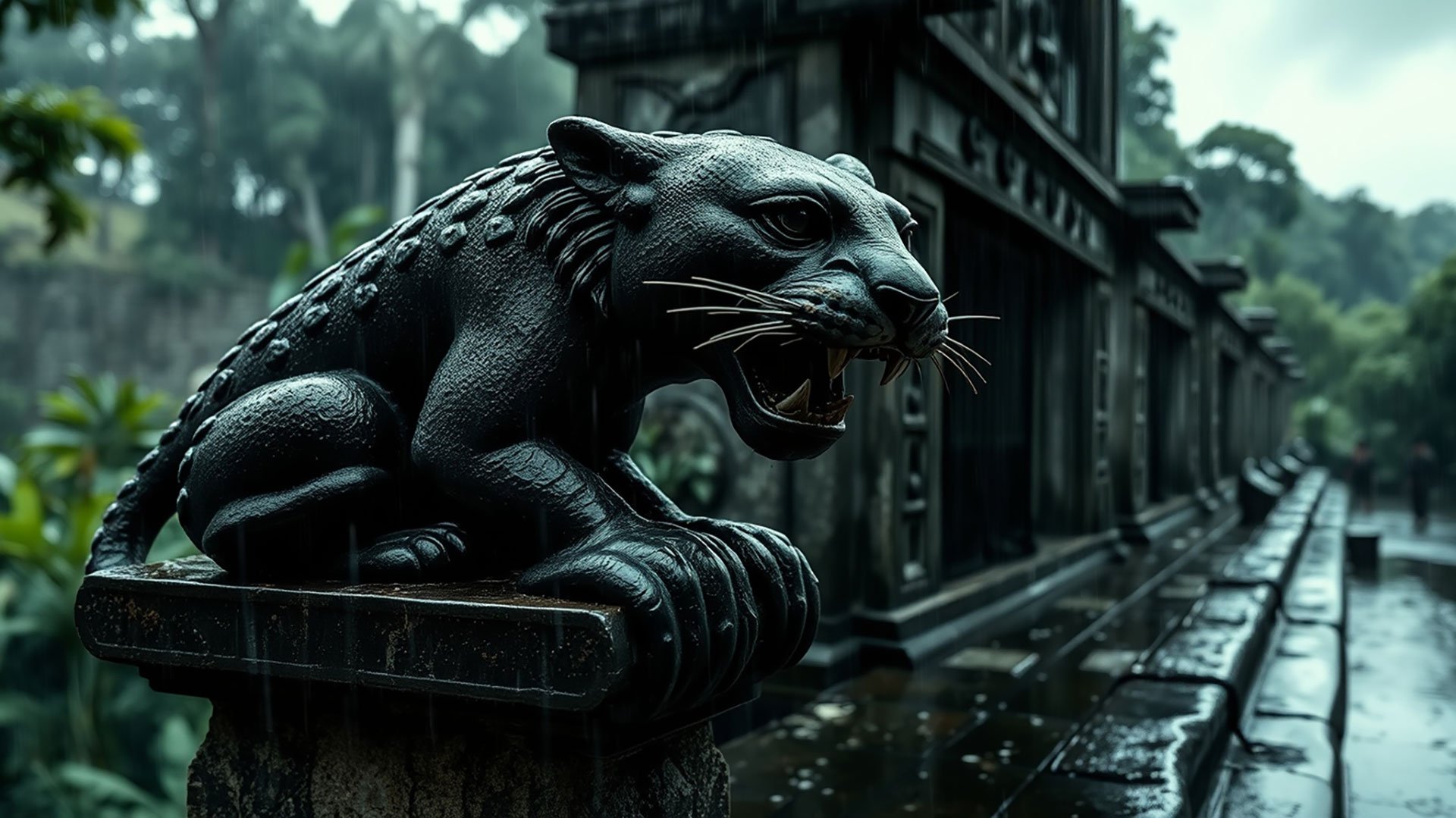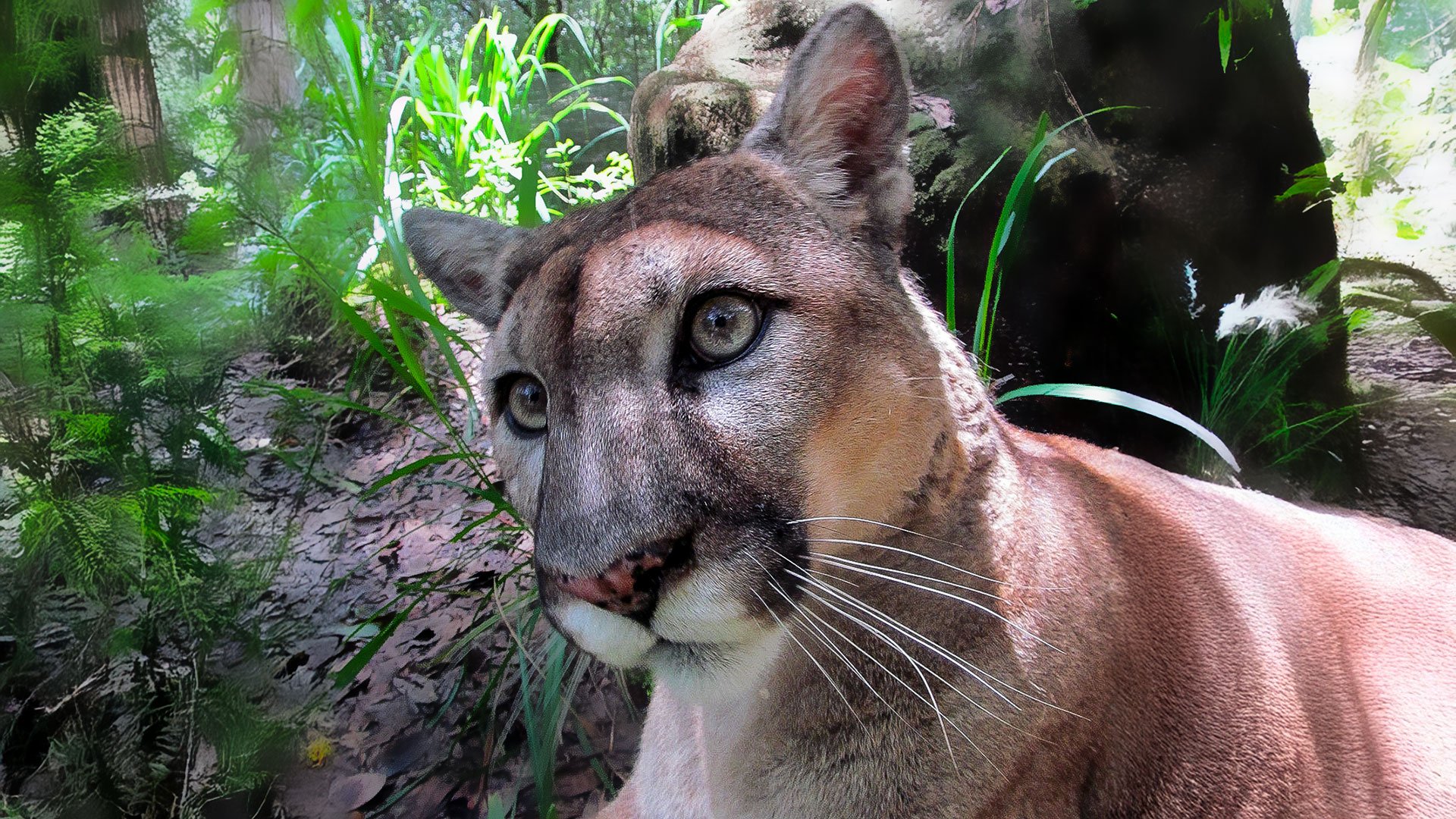Ghosts of the Range: Wyoming’s Vanishing Mountain Lions
In the remote and rugged landscapes of western Wyoming, a silent vanishing is underway. The ghost cats of the Rockies — mountain lions, also known as cougars or pumas — are being hunted to the brink of collapse in regions once considered strongholds for these elusive predators. Not because of science. Not because of sound conservation. But because of pressure — political, economic, and cultural — from those who fear that predators, not humans, are to blame for declining deer herds.
This is a story of shifting baselines, of lost wisdom, and of a predator whose place in the ecosystem is being erased, not by natural selection, but by policy.
The “Sink” Strategy That’s Draining the Wild
In 2006, Wyoming’s Game and Fish Department adopted a strategic framework to manage mountain lions, designating areas as “source,” “stable,” or “sink” zones. “Source” areas were places where lions thrived naturally and sustainably. “Stable” areas maintained balanced populations. And “sink” zones? Those were the places designated for aggressive population reductions through high hunting quotas.
At the time, only one “sink” area existed. Today, there are six.
Even more alarming, the number of “source” areas — safe havens where healthy lion populations were maintained — has shrunk to just four of the state’s 29 designated mountain lion zones.
Vanishing Adults, Lost Balance
Mountain lion hunting in Wyoming has reached a fever pitch. Annual kills now hover around 350 cats, but it’s not just the number of animals that matters — it’s who is being taken.
Mature toms — dominant males who establish territories and maintain social order — are now scarce. Increasingly, hunters report only finding young, inexperienced lions.
Luke Worthington, president of the Wyoming Houndsman Association, knows the signs better than most. After driving 5,000 miles over two weeks of hunting, he cut fewer than 10 tracks and found only one mature male.
“There’s no age structure there at all,” he said. “It’s all young cats.”
Without mature adults to regulate populations, young lions disperse unpredictably, often into dangerous situations where they come into conflict with people, livestock, or each other.
A Death Sentence in Disguise
So why is Wyoming doubling down?
In areas hit hard by the deadly winter of 2022-2023 — which decimated up to 80% of some deer herds — pressure mounted to “blame the lions.” Outfitters, whose livelihoods depend on healthy deer and pronghorn populations for hunting clients, demanded action. In response, the state increased lion hunting quotas by 50% in four major hunting areas: units 14, 17, 26, and 29.
Science doesn’t support the move. There’s little evidence that reducing lion numbers will help deer rebound, especially when severe winters — not predators — were the primary driver of the crash.
Yet the quotas remain. In fact, some areas may soon shift to “unlimited” hunts, stripping even minimal oversight from management.
The Silence of the Advocates
What’s perhaps most chilling is the lack of outcry. In a state where houndsmen — often among the most vocal advocates for sustainable lion populations — were once present at every public hearing, now, silence dominates.
At one recent Game and Fish meeting in Pinedale, not a single houndsman showed up to oppose the continued slaughter. Even Worthington was baffled: “I don’t even know what to say about it.”
What We Lose When We Lose the Lion
Mountain lions are more than solitary ghosts of the high country. They are apex predators, essential to the health of their ecosystems. They cull the weak, keep prey populations in check, and provide carrion for countless scavengers. Their presence is an indicator of wildness — of a system functioning as nature intended.
Without them, the balance collapses. Disease spreads among overpopulated prey. Young lions, lacking mentors, wander into urban spaces. Biodiversity suffers.
And perhaps most tragically, the next generation of these majestic cats — who should be learning the subtle art of survival from their elders — grow up in a world where no elders are left to teach them.
Hope Isn’t Lost — If We Act
The good news? Mountain lions are remarkably resilient. As Wyoming Game and Fish’s own carnivore supervisor admitted, if lion hunting pressure were reduced, “it takes three years to get some of the densities back. Five years to get that social structure back.”
We have the knowledge. We have the science. What we need now is the will.
It’s time for Wyoming — and all of us — to choose long-term ecological health over short-term political pressure. It’s time to reject the myth that killing apex predators helps wildlife, and embrace a deeper understanding of the interconnectedness of nature.
Let the lions roar again. Let’s be the generation that stops the silence before it swallows the last tom’s echo.
🐾 Take Action
Support ethical wildlife management and end unnecessary predator persecution. Join Big Cat Rescue in protecting wild cats in the wild. Advocate for science-based policy, write your state representatives, and help fund conservation work where it matters most.
Together, we can ensure that the wild heart of the West keeps beating.
Source: https://wyofile.com/wyoming-keeps-lion-hunting-pressure-dialed-high-as-mature-cats-become-scarce/


